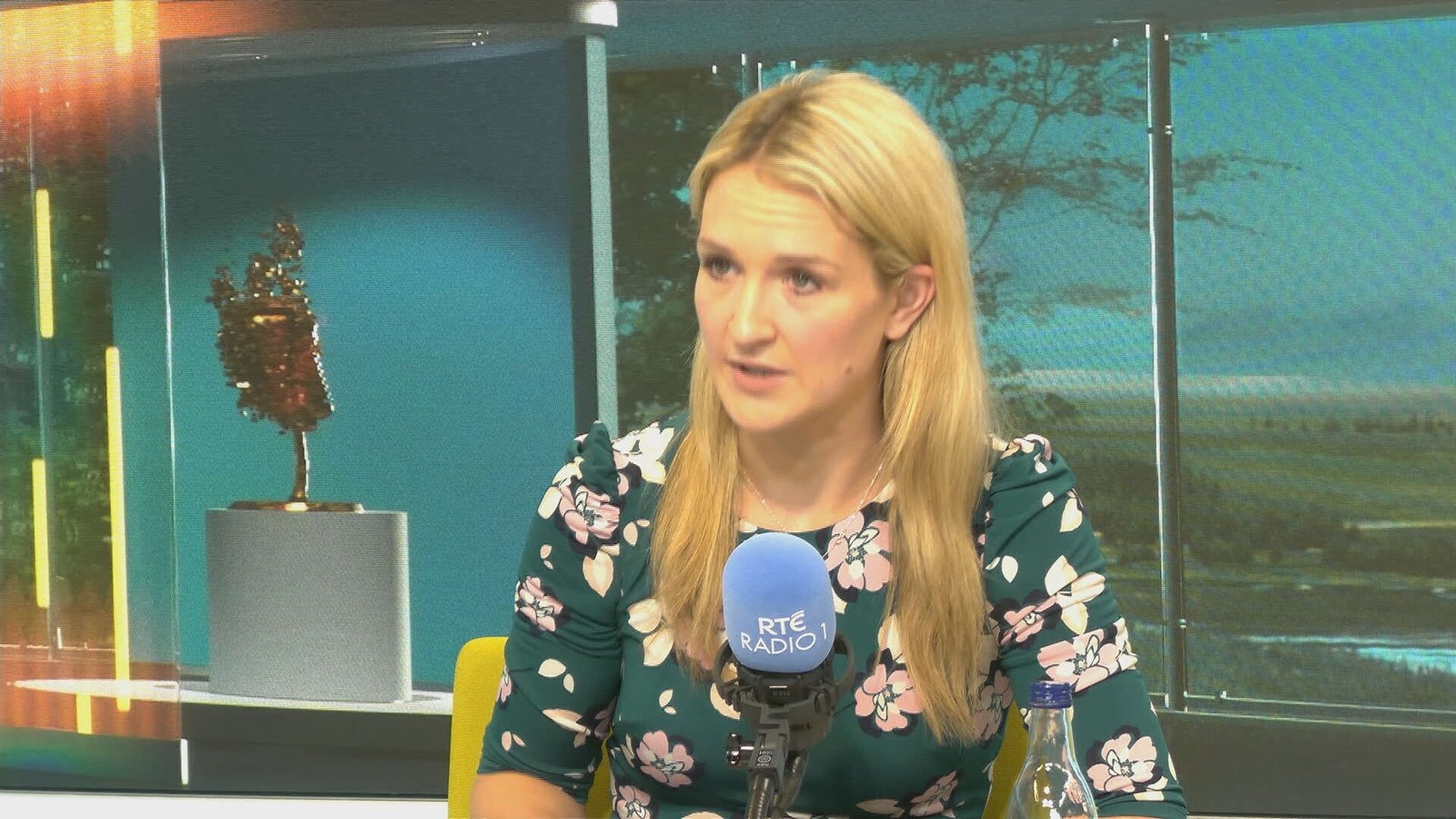Disability access to public transport ‘chaotic’, says IWA

“It is really, really stressful” – Milo Watson is speaking about catching a bus using a wheelchair.
“A lot of the time you’re panicking on whether you have enough space to go, if you’re going to get hit, and it’s the whole thing of having to actually plan your route around bus stops that you know are accessible and that you can actually use,” he said.
The Irish Wheelchair Association has reviewed Government plans for bus stops, footpaths, cycle lanes, pedestrian crosswalks and shared spaces, examining how disability access will be included in public transport infrastructure in the future.

The report entitled ‘Getting Nowhere’, has described the Government’s approach to disability access policies at a national level as “chaotic and irresponsible”.
It outlines research into more than 30 policies, planning and design guidelines, and laws underpinning Ireland’s public transport infrastructure projects.
The report found no evidence of any mandatory requirements regarding disability access in public transport infrastructure that meet international standards.
The problem at the moment, according to Joan Carthy of the IWA, is that bus stops are becoming very dangerous for people with disabilities.
People must cross cycle lanes to get to the bus stop at the edge of the footpath, from where they get on the bus.

“If you have either physical disability or visual impairment where you can’t either respond to cyclists coming down very quickly or you can’t even see them, it’s a major problem for people with disabilities and for other people,” she said.
The IWA surveyed members and the majority said they felt unsafe using Ireland’s public transport infrastructure such as bus stops, crossing cycling lanes or using shared paths with cyclists.
Alan Fay, who uses a motorised wheelchair, described catching a bus as a ‘Catch 22 situation’.
“Do you let the cyclist pass at risk of missing your bus, or is the bus going to wait for you? Having a cycle lane on top of a bus, does not make sense.”
And it’s not just people who use wheelchairs who are impacted.
Elaine Howley has a visual impairment.
“For me there needs to be a safe space on the footpath so that I can walk without being mowed down by bikes or scooters or invisible moving objects that that were never there before,” she said.

She added: “So, with all this new infrastructure, there’s scooters and bikes everywhere and local authorities seem to think that by drawing a line down the footpath it makes it OK.
“It doesn’t make it OK because I can’t see them coming.”
The Irish Wheelchair Association is keen to stress that the issue is not with those who use cycle lanes, it’s about the infrastructure that is being built.
“This is not pitting cyclists against people with disabilities, it’s just about keeping both sides safe,” according to Joan Carthy.
“There needs to be legislative change and that legislative change should include mandatory standards. We have standards and guidelines around design and planning, but we don’t have anything that’s mandatory and we actually don’t have any sanctions.
“So if these standards aren’t met there’s no fall back on it either.”
The IWA points to “three players” which need to work together to address the issue: The Government in relation to legislation; the National Transport Authority because Bus Connects is under its remit; and local councils which take care of bus stop design.
The National Transport Authority has acknowledged that managing interactions between pedestrians, cyclists and buses at bus stops is a complex issue and that it “needs to be cognisant of all points of view”.
In a statement, the NTA said it had previously engaged with various disability groups and representatives of cycling groups for their feedback on this issue and it has been difficult to arrive at a consensus.
It added that the ‘island’ bus stop layouts that are now being used, although not a perfect solution, seek to balance the conflicting requirements, taking account of all users.





